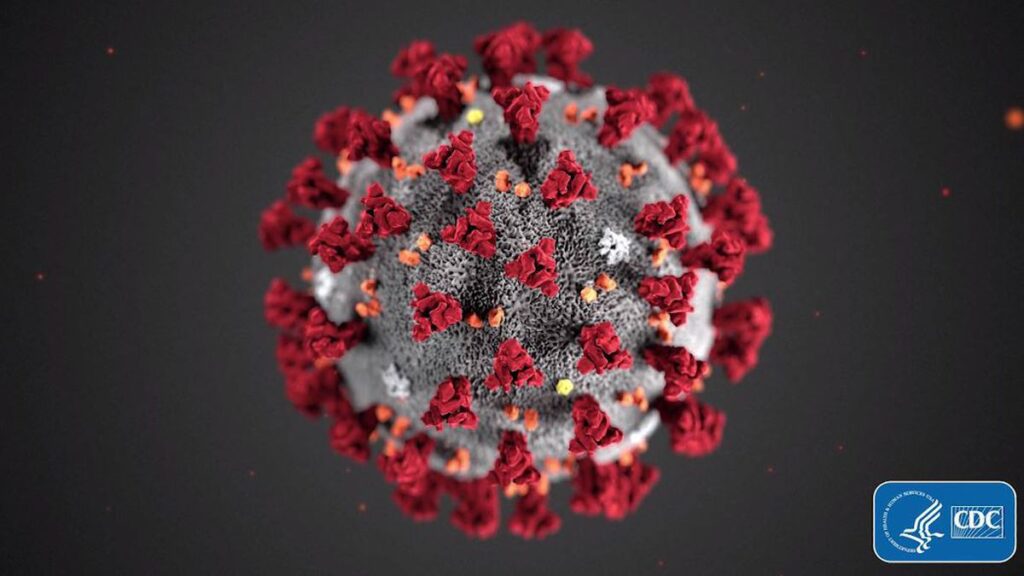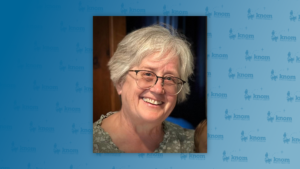Within the last month, the Norton Sound Region has experienced the most pronounced spike in COVID-19 cases so far in the pandemic.
As of Aug. 30, the count is 103 active cases, with the majority of those being in Stebbins and St. Michael. Norton Sound Health Corporation’s Dr. Peterson explains why the region has seen such a heavy outbreak in the past few weeks, specifically regarding the community of Stebbins.
“Not enough vaccination there, number two is crowded housing, number three is the delta variant which is highly infectious. So that combination of not enough vaccine, crowded housing, no running water and a real infectious virus leads to a lot of cases,” Dr. Peterson said.
According to NSHC, the community of Stebbins has 43% of its total population fully vaccinated, and St. Michael has 58% of its total population fully vaccinated. The total vaccination rate in the Norton Sound Region is 63%, and for Nome it is 72%. These are percentages of the entire population without taking into account eligibility to receive vaccination.
Within NSHC’s region, the vast majority of cases are found within Stebbins and St. Michael, with 55 in Stebbins and 22 in St. Michael. According to US Census Bureau, the population of Stebbins is 615 as of 2019, meaning almost 9% of the community of Stebbins has COVID-19.
Despite the hotspot of infections in that area, a few cases have sprouted up in other communities. As of Aug. 30, there are five cases in Nome, six in Savoonga, one in Gambell, two in Unalakleet, four in Elim, seven in Little Diomede, two in Shishmaref, and two in Koyuk. As of Aug. 27, the communities of Stebbins, St. Michael and Little Diomede are under lockdown until 14 days without any new cases passes.
Dr. Peterson hopes that with the recent FDA approval of the Pfizer vaccine, more people will elect to get vaccinated.
Of COVID-19 cases that require hospitalization, the vast majority of these hospitalizations are for unvaccinated individuals Dr. Peterson said. The vaccine is proven effective not only at greatly reducing one’s chance of catching the virus, but also at curbing symptoms if infected Dr. Peterson said.
“If you are vaccinated, your chances of needing to be transported to a higher level of care is really close to zero,” Dr. Peterson said.
He affirms that, in order to relieve the stress on overflowing hospitals, vaccination is the most effective way to stay out of the hospital for COVID-19 illness.
On Aug. 26, the State of Alaska identified the highest count of COVID-19 cases it has seen since the beginning of the pandemic. Hospitalizations are close to being the highest they have been thus far, with 127 people currently hospitalized with COVID-19 statewide.
In response to recent COVID-19 surges across the state, Governor Dunleavy urges all Alaskans to take immediate action to combat the virus. He drafted help from the Department of Health and Social Services, and the Department of Commerce, Community and Economic Development to get healthcare providers into licensed facilities faster and increase staffing levels in hospitals.
“Hospitalizations are reaching critical levels of capacity and I have directed my administration to immediately address those needs,” Dunleavy said.
He asked all Alaskans to work together to protect each other.
UPDATE: NSHC’s most recent press release identified five new cases: two in Nome, one in Stebbins, one in Brevig Mission, and one in Golovin. This makes the total case count in the region 97 in 10 different communities.
Image at top: The COVID-19 Virus. Photo credit: Centers for Disease Control and Prevention.





